
Carl August Nielsen was a Danish composer, conductor and violinist, widely recognized as his country's most prominent composer.

The earliest traces of Danish music go back to the many twisting Bronze-Age horns or lurs which some experts have identified as musical instruments. They have been discovered in various parts of Scandinavia, mostly Denmark, since the end of the 18th century. Denmark's most famous classical composer is Carl Nielsen, especially remembered for his six symphonies, while the Royal Danish Ballet specializes in the work of Danish choreographer August Bournonville. Danes have distinguished themselves as jazz musicians, and the Copenhagen Jazz Festival has acquired an international reputation. The modern pop and rock scene has produced a few names of note, including MØ, Dizzy Mizz Lizzy, Lukas Graham, D-A-D, Tina Dico, Aqua, The Raveonettes, Michael Learns to Rock, Volbeat, Alphabeat, Safri Duo, Medina, Oh Land, Kashmir, King Diamond, Outlandish, and Mew. Lars Ulrich is the first Danish musician to be inducted into the Rock and Roll Hall of Fame.
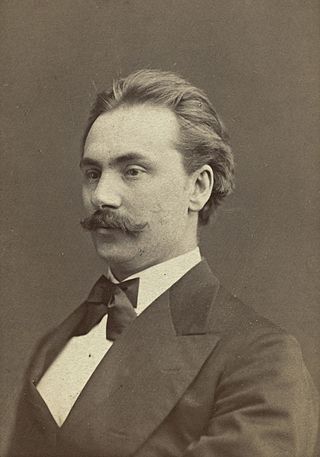
Johan Severin Svendsen was a Norwegian composer, conductor and violinist. Born in Christiania, Norway, he lived most his life in Copenhagen, Denmark.
Symphony No. 4, Op. 29, FS 76, also known as "The Inextinguishable", was completed by Danish composer Carl Nielsen in 1916. Composed against the backdrop of the First World War, this symphony is among the most dramatic that Nielsen wrote, featuring a "battle" between two sets of timpani.
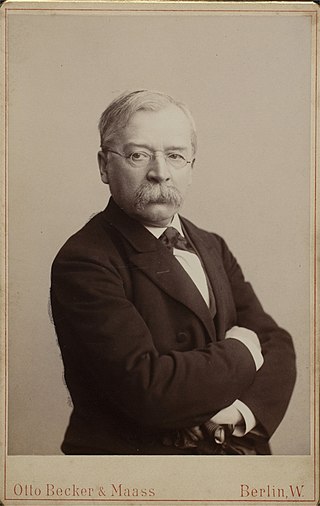
Woldemar Bargiel was a German composer and conductor of the Romantic period.

Johan Peter Emilius Hartmann was, together with his son-in-law Niels W. Gade, the leading Danish composer of the 19th century, a period known as the Danish Golden Age. According to Alfred Einstein, he was "the real founder of the Romantic movement in Denmark and even in all Scandinavia". J.P.E. Hartmann was the third generation of composers in the Danish musical Hartmann family.

Emil Hartmann was a Danish composer of the romantic period, fourth generation of composers in the Danish Hartmann musical family.
Johann Ernst Hartmann was a Danish classical composer and violinist. He is remembered in particular for his two operas on texts by Johannes Ewald in which he helped creating a national musical style. The first of these, Balders død, builds on the old Nordic mythology and uses dark colours when depicting the old Gods and Valkyries. The second, Fiskerne, describes contemporary fishermen’s lives, and uses melodies inspired by the Scandinavian folk style.

August Winding was a Danish pianist, teacher and composer.

Carl Nielsen's Suite for String Orchestra was one of the composer's earliest works and was first performed at the Tivoli Hall on 8 September 1888.
Carl Nielsen's String Quartet No. 1 in G minor, Opus 13, was first performed privately on 18 December 1889 in Copenhagen. It was the first of Nielsen's four string quartets in the official series.
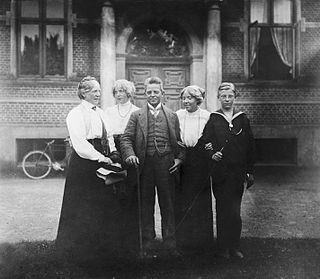
Carl Nielsen's String Quartet No. 4 in F major or Quartet for Two Violins, Viola and Cello in F major, Opus 44, was composed between February and July 1906. The last of Nielsen's four string quartets in the official series, its first public performance took place on 30 November 1907 in Copenhagen.
Carl Nielsen's String Quartet No. 3 in E-flat major or Quartet for Two Violins, Viola and Cello in E-flat major, Opus 14, was composed in 1897 and 1898. The third of Nielsen's four string quartets in the official series, it was first performed privately in Vor Forening on 1 May 1899 with Anton Svendsen, Ludvig Holm, Frederik Marke and Ejler Jensen as performers.
Carl Nielsen's String Quartet No. 2 in F minor or Quartet for Two Violins, Viola and Cello in F minor, Opus 5, was composed in 1890, partly in Denmark but mostly in Germany where the composer was travelling on a stipend. The second of Nielsen's four string quartets in the official series, it was first performed privately for Joseph Joachim on 18 November 1890 at the Hochschule für Ausübende Tonkunst in Berlin.

Musikforeningen in Copenhagen was Denmark's most important concert venue in the 19th century. It operated from 1838 to 1931 but it was especially under the leadership of Niels Gade (1850–90) that it became a meeting place for the city's music life with its own symphony orchestra and choir. Carl Nielsen was director from 1915–27. Other leaders included Franz Gläser, Emil Hartmann and Franz Neruda.
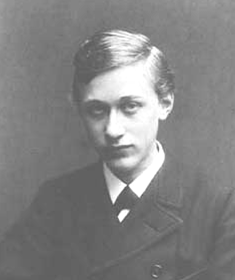
Oluf Hartmann was a Danish painter. Trained at the Royal Danish Academy of Fine Arts in Copenhagen, he showed his works at important exhibitions in the 1900s.
Antonín Dvořák's Andante appassionato for string quartet in F major B.40a is a section of music taken from the original version of his string quartet B.40, No. 6. With minimal editing, the Andante appassionato forms a standalone piece.

Dreamers' Circus is a Nordic band consisting of Rune Tonsgaard Sørensen, Ale Carr (Sweden) and Nikolaj Busk (Denmark).

Ellen Bodil Neergaard née Hartmann was a Danish philanthropist and patron of the arts. She is remembered for her many charitable activities as well as for her life in Fuglsang Manor on the island of Lolland where, together with her husband Rolf Viggo de Neergaard, she hosted every Summer prominent artists and musicians.
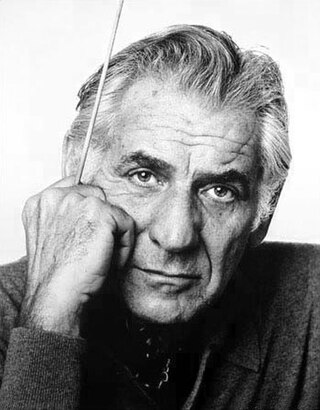
Divertimento, or Divertimento for Orchestra, is a suite of eight orchestral bagatelles by American composer Leonard Bernstein. Completed in 1980 and written to celebrate the centenary of the Boston Symphony Orchestra, it is well-known for featuring the notes B and C in most of its melodic material.














